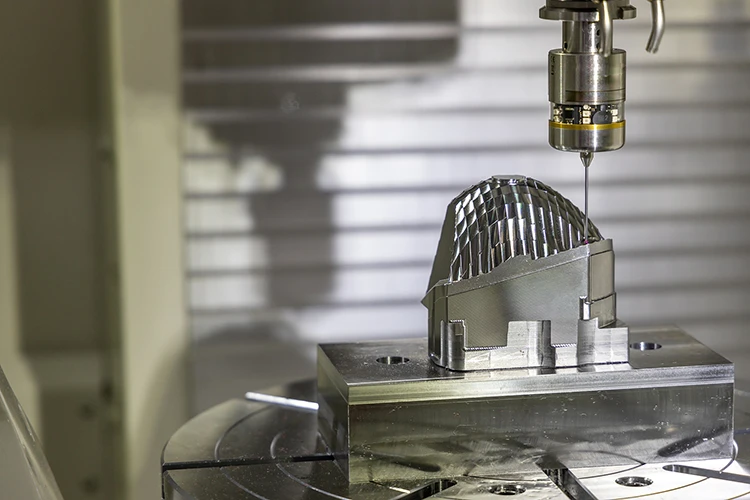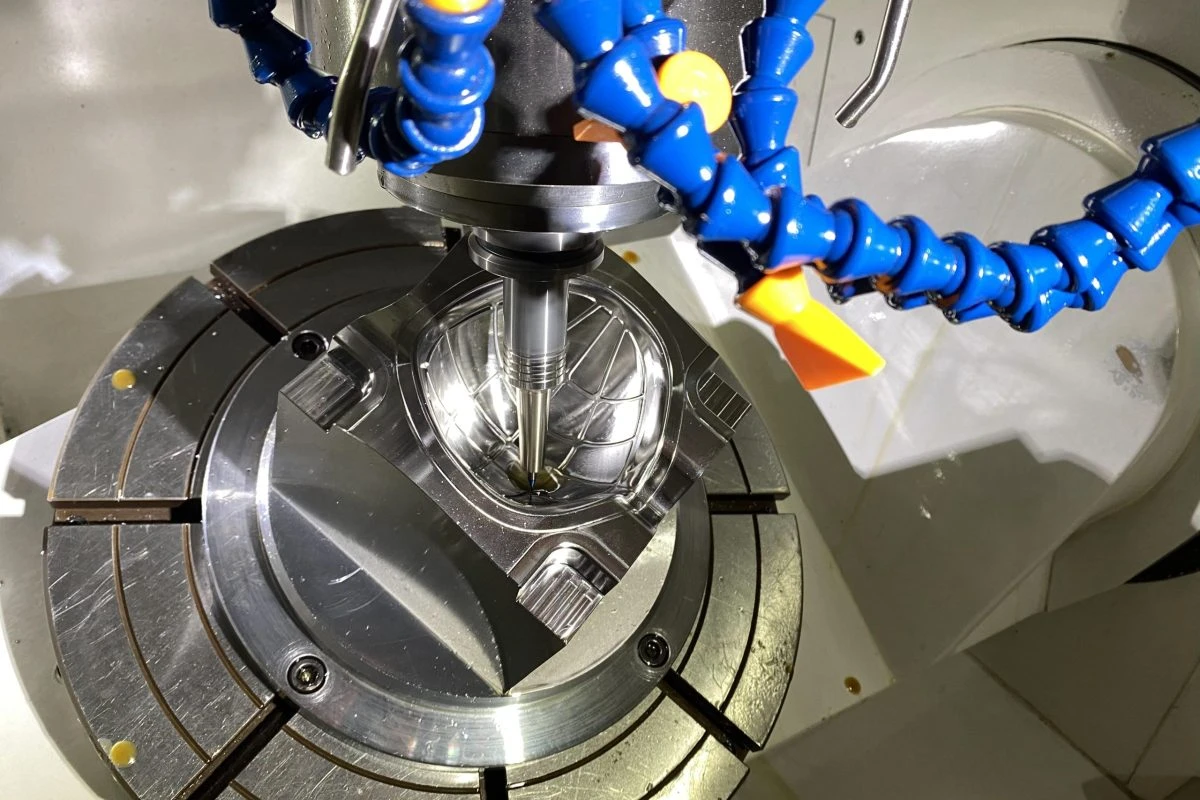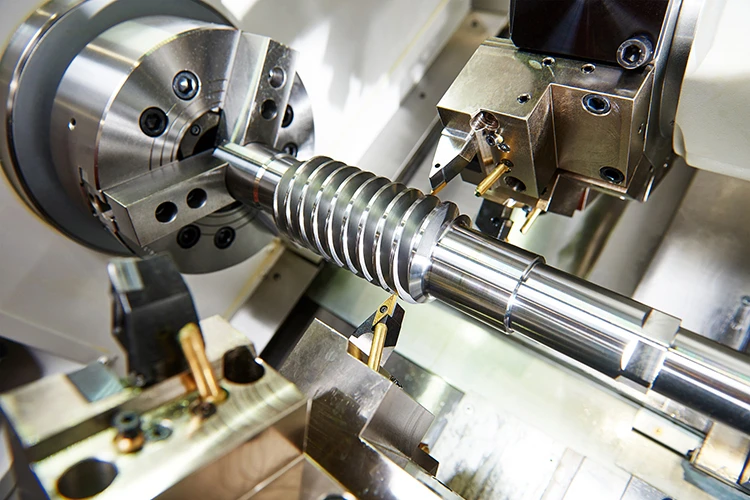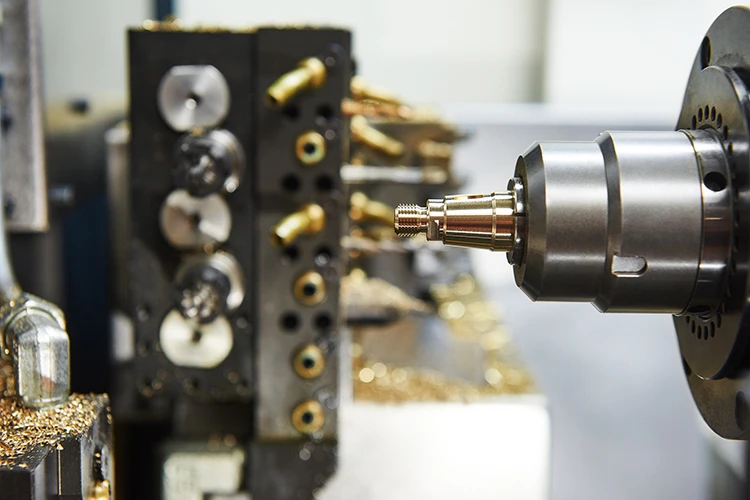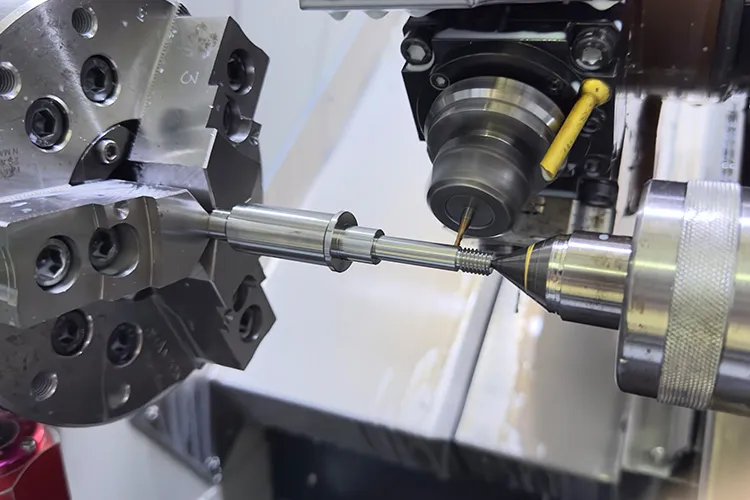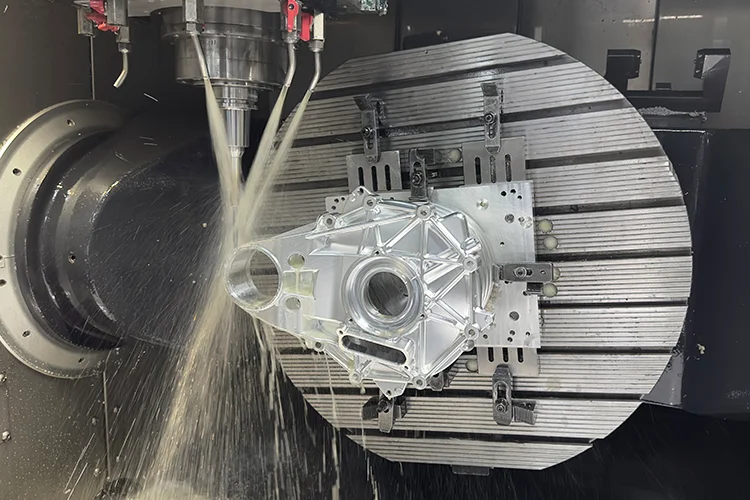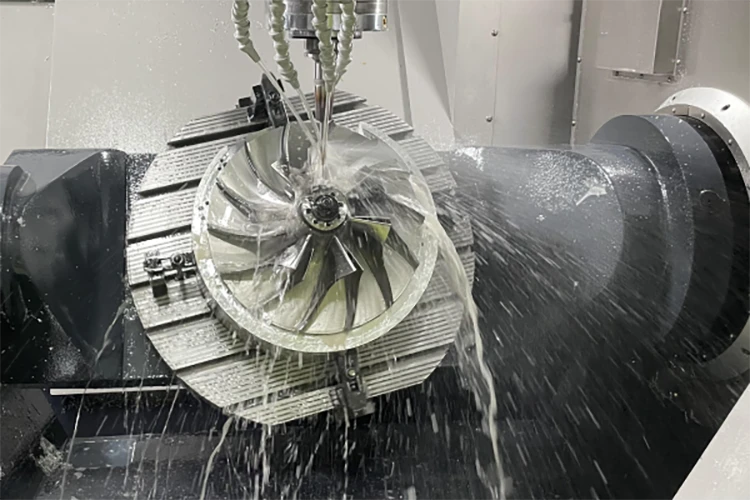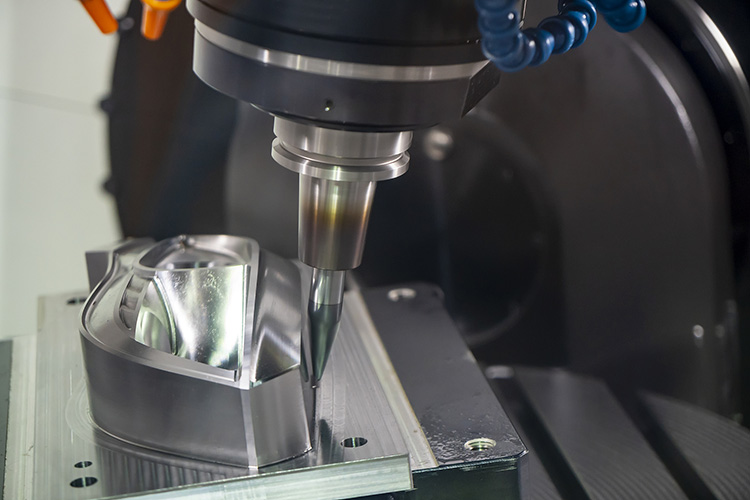Heat treatment usually involves the heating of metal alloys to do extreme temperatures, following by a cooling step under controlled conditions. The temperature of the material is heated and the time kept heated then the chilling rate greatly affect the final physical properties of the metallic alloy.
Heat treatments can be applied to many steel alloys to drastically improve key physical properties, including hardness, strength and machining. These changes happened because of modifications of the micro-structure and the chemical composition of the materials.
In this article, we review the heat treatments that are relevant to the most commonly used in CNC machining service,CNC milling service, CNC turning service , 5 axis CNC machining service and Rapid prototyping service to help you choose the correct material for your applications.
What is heat therapy in Precision CNC machining and Turn-Milling CNC machining
The first step in CNC engineering metallic parts, heat treatment is the process of controlled heating and cooling materials to achieve desired material properties. It alters four of the main materials attribute of steel parts, which are hardness, power, toughness and ductility.
Of course, not all heat remedies are created equally. You can select the ideal heat therapy method based on the material composition, size of the producing parts and the demand of final materials attribute .
The goal of heat treatment is to accomplish a particular micro-structure that gives your parts certain material properties.
When should you apply heat treatments to metal parts?
You can apply heat treatments to metal alloys at several stages from the CNC machining process, either before you start engineering the parts or after.
Before CNC machining, like Turn-Milling CNC machining,
When a standardized grade of the metallic metal is requested to be available readily , the COMPUTER NUMERICAL CONTROL service provider will machine the parts directly from the stock materials, which is often the best option to reduce lead times.
After CNC engineering,like turn CNC machining and Milling CNC machining,
Heat treatments significantly increase the hardness of the material or are used as a finishing surface after forming. In these cases, heat treatment is usually applied after CNC machining, as high hardness can reduce the machining of a materials.
What are the common heat remedies for COMPUTER NUMERICAL CONTROL materials?
They are Annealing, stress relieving and tempering.
Annealing, tempering and tension relieving are almost involve all the heating system in the steel blend to a high temperature and the subsequent air conditioning of the material at a slower price, usually in air or in the oven. The demand of the temp in different materials the heated of the processing are not the same.
In annealing, the metal is usually heated to be a very high temperature and then slowly cooled to achieve the desired micro-structure. Annealing usually puts on most metallic metals after developing and prior to any further processing to soften and improve their machinability. If another heat therapy is not specified, most CNC machined parts will have the material properties with the annealed state.
Stress reducing involves the heating on the component to a higher temperatures (but lower than annealing) is generally started after CNC machining, to eliminate the residual stresses created from the production process. The parts with more consistent mechanical properties in this way during the production.
What is the design intended for manufacture (DFM)?
Design to get manufacturing (DFM) means taking a design-first before production. In this post, we learn that necessary of the overall DFM process is the key to get successful outcome. When the DFM done you can get the most out of your production processing.
Design is about to manufacturing or perhaps manufacture ( DFM ) which refers an engineering method of creating a part or device with a design-first enabling a final product that’s more effective and cheaper for production. Taking a DFM approach enables engineers and designers to create, iterate, simplify and optimize parts before they are made, making the entire manufacturing process more efficient.
Ideally, the DFM process engages all stakeholders of a specific project, including technicians and designers, as well as manufacturers, material suppliers and any other manufacturing-related party that has a vested interest in an effective outcome.
How does style for manufacture (DFM) work?
The design meant the manufacture (DFM) process works by examining five key principles: process, design, materials, environment and compliance and testing. This allows designers and engineers to create custom components that are easier and more cost-efficient to manufacture.
Process
To make DFM more effective, you must be sure that you’re using the right production procedure for any given project. Perhaps injection molding can be your best option when you want to create a high- volume batch of a certain part. On the other hand, low-volume, highly detailed parts may be most successfully achieved with a 3D printing process such as Multi Jet Fusion (MJF) or selective laser sin (SLS).
The production procedure you choose will have a great effect on the ultimate cost and efficiency of your project, so make sure to focus on details, such as components needed, part quantity and houses of the parts or tools that will help you choose the one that best fits your needs.
Design
Once you have chosen a developing procedure, you can begin designing the actual part you will produce. It’s important, however, to consider the principles related to your particular production process – wall thickness, surface treatment, texture or transitions.
It’s also important to note that DFM operates on a “ the simpler, the better” philosophy. Obviously, every style can be not extremely simple, but the more complex a design, the riskier it becomes to create. Some designs may fail in the manufacturing procedure, or it is so complex that overall costs significantly higher than your expecting.
Material
The right material designed to assemble project should be considered when examining the overall processing. You should also take time to take an in-depth consider the real estate your component will need or not. Heat resistance, water resistance, strength, flexibility — the exact properties will depend on the application and used to the final part.
Environment
Environmental factors will greatly affect on design of the component . Ultimate product will be subjected to a great deal of stress or force. It will depend on what you might expect in an industrial environment Or will be used in a great office. Basically, you need to consider where and exactly how your parts will be used.
This DFM principle ensures your portion or item can function properly in its intended environment over an optimal lifespan.
Compliance and testing
Your parts may need to apply for industry- specific, internal and/or third-party standards. If your parts will be utilized in an environment in food field, for example, your product must comply with all food-safe requirements and regulations. Considering all specifications, and plan is ensure these criteria will be met during the DFM method.
Successful DFM analysis minimizes cost either retaining or increasing about the performance of a component or a product and five additional main principles of these types of elements will also affect the DFM process:
Number of parts: A lower number of parts may require higher relative start-up costs, meaning higher unit price. The more quantity you make, the lower the unit price becomes.
Product or style complexity: Again, DFM is all about simplifying which means the more technical design, the higher risk of a costly (or less efficient) production process.
Material and component availability: How easy or difficult is in terms of both price and time. Will It need source the materials and components? The answer will impact the whole DFM process.
Style reusable: Will you be able to reuse your style for other projects? Try to think module through the design phase, so that future tasks may benefit from aspects of the original style.
Aesthetics: Does your part’s cosmetic appearance matter? Adding surface finishes, color, customized markings and other aesthetic properties will make production more expensive and time-intensive. It’s best to think about cosmetic qualities during the design procedure before production starts.
What exactly are the benefits of DFM?
The DFM procedure reduces costs, lowers business lead times and improves the quality of custom parts. This is accomplished by taking steps to minimize the number of parts in your final item, standardize parts for consistency, create mould styles used in future products, facilitate a streamlined production process .
Effective DFM analysis will give you a optimized design for production, which means it reduced costs and increased efficiency without sacrificing the efficacy of products.
How do you get the most benefit of DFM?
Getting the the majority of DFM depends on the manufacturing process: DFM of 3D stamping will require different considerations than CNC engineering, injection molding or sheet steel fabrication.
DFM for the purpose of sheet metal, for instance,it will often require you to factor in locations of bends and fillets, and also space between holes. When uses a DFM strategy with 3D printing especially when creating a part for prototyping , it will certainly reap the benefits of closer examination of machining properties such as strength and versatility.
What the important here is that you are familiar with your production process and its advantages and limitations. DFM can be seen a preventative measure in avoiding high costs and long lead times. To get the demands means knowing the ins and outs of your unique case, application and creation procedure.

